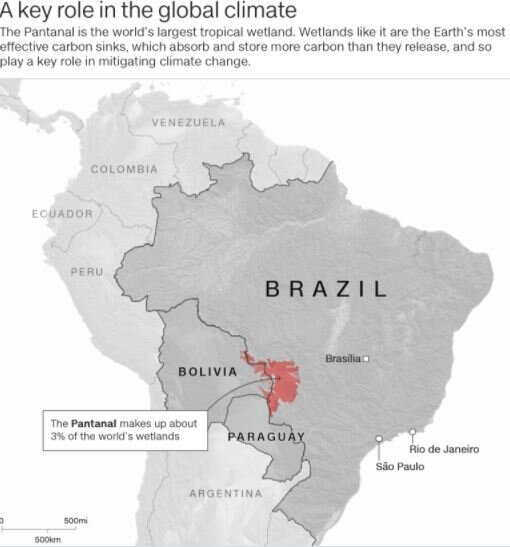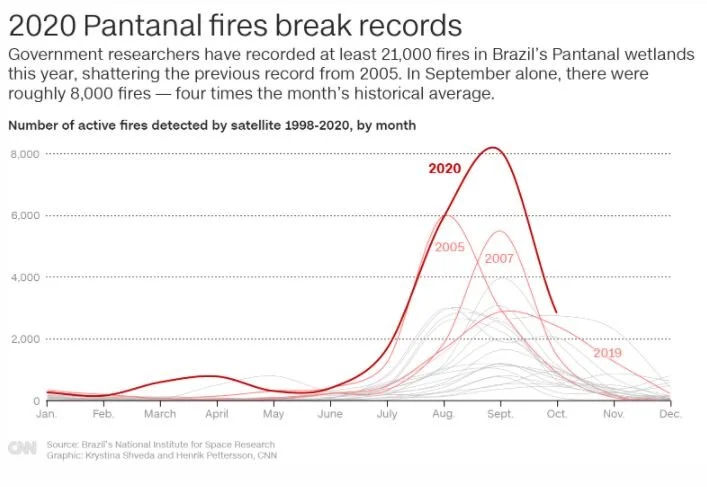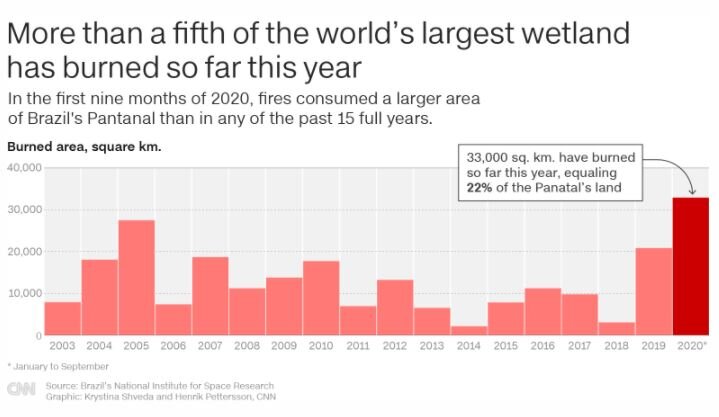AFRICA: The center of global agricultural value chain has been attributed to small scale farmers. In Nigeria, they produce over 80% of domestic food supply, while in Ghana, they produce an estimated 20% of the world’s cocoa. Small scale farmers have been adversely affected by the impact of the pandemic, increasing their poverty levels to an all-time high. Usually designated as our unsung heroes, small scale farmers have been struggling to improve living standards even before the outbreak of the pandemic having limited access to credit facilities, labor and technology. The impact of the pandemic is reflected in the disruption of transportation and market activities for these farmers. To proffer a sustainable solution, these farmers should be granted credit facilities according to their farming situations.
COVID-19: The traditional thanksgiving gatherings have been marked by experts to have a high risk of spreading COVID-19. Doctors have stated that the reliance on a COVID-19 negative test result does not make you immune from contracting the disease or being contagious. In a statement by Dr. Seth Cohen, Medical Director of Infection Prevention at the University of Washington Medical Center, an infected individual could pass for negative when the virus is in the incubation period and the tests are not very sensitive. According to KomoNews, “In Washington, 1.8 percent of people with coronavirus ends up dying.”However, Dr. Ali Mokdad reminded everyone of the big picture when he spoke of the vaccine soon o be distributed.
ENERGY: A policy review by the International Energy Agency (IEA) has shown that the implementation of South Korea’s Green New Deal could position them as leaders in the renewable energy sector. South Korea has projected carbon neutrality by 2050, and the government is implementing measures such as; carbon phase out, increasing the share of renewable energy in electricity supply, and improving energy efficiency to hasten the process. IEA executive director Fatih Birol has shown his support for the government’s efforts towards carbon neutrality. Moreover, the country has been applauded for its “unparalleled openness” towards digitalization.
Africa has the potential to reduce its dependence on hydroelectricity and fossil fuels in energy generation. The duo has shown to be unsustainable models of energy generation due to frequent drought and fluctuations in oil price. The Eighth African Rift Geothermal Conference (ARGC) which was held in Kenya conveyed the potentials for geothermal energy generation and its sustainability. The conference was attended by over 500 experts, academia, government representatives from Africa and other parts of the world. East Africa energy sector aims to increase its geothermal energy capacity to 2,500MW of electricity by 2030.







































